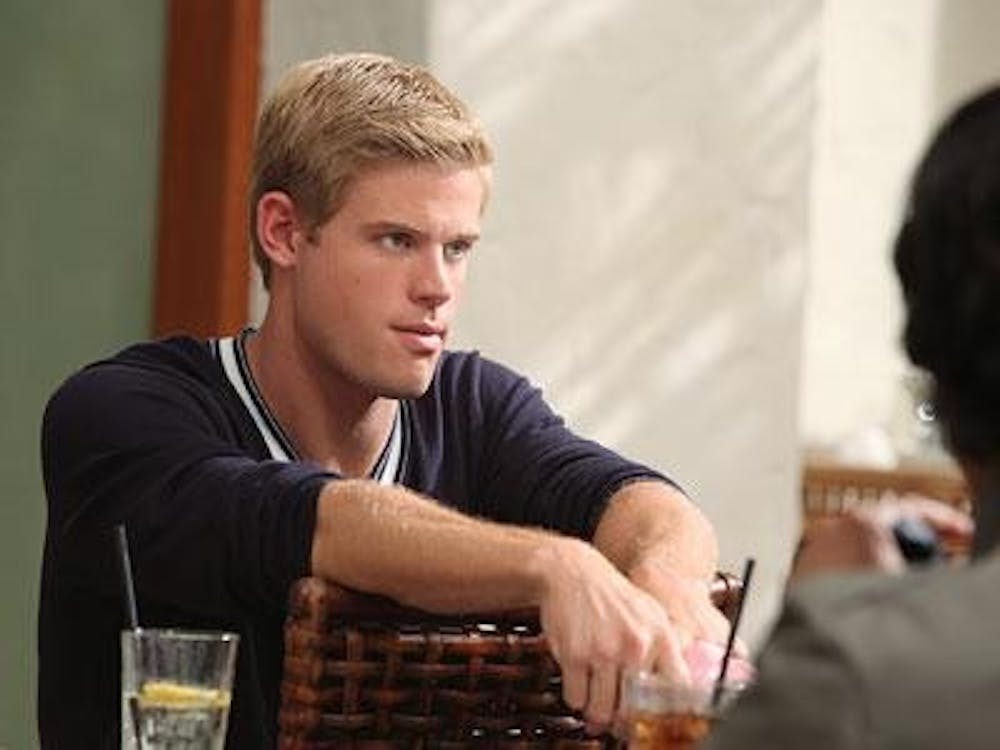In the wake of a string of teen suicides across the country due to homophobic bullying, it seems our culture might have finally had a wake-up call.
I certainly hope so.
Speaking on “Larry King Live” in a special which responded to these suicides, comedian Kathy Griffin repeatedly said “there is blood on the hands” of not only the bullies who were directly responsible, but also of those who make policy and public opinion in this country.
She was referring to the fact that there’s nothing inherently negative about homosexuality — it’s a perception that has been created by a variety of sources through language, images and time.
However, I would add a few more groups to whom Kathy Griffin says are responsible: the TV networks.
Cultural critics have long pointed out that television has a problem with representing minorities — they often don’t represent minorities at all.
In recent years, this has been alleviated slightly. The Gay and Lesbian Alliance Against Defamation has for three years published a report which quantifies the amount of positive representation LGBTQ characters and issues receive on the ten networks which receive the most viewers annually. Overall, the number of representations continues to slowly rise, but they still constitute a meager percentage of overall television characters and plotlines.
The problem with GLAAD’s report is that it is wholly quantitative; it defines what constitutes a positive representation and then counts it, without considering its context.
Other studies which jump off from GLAAD’s report for a qualitative analysis, examining how prevalent these representations are within episodes, or across an entire season of a show, find that even networks that GLAAD rates well, such as the CW, tend to marginalize LGBTQ characters (as anyone who’s watched “Gossip Girl” can attest).
In addition, many of the representations counted in GLAAD’s study, especially on networks that poorly represented LGBTQ characters (such as CBS) came from reality competition shows. This is not necessarily a problem, but it does indicate that the networks really do have a long way to go in representing LGBTQ characters in scripted programming.
I think it’s useful to consider a short case study of LGBTQ representation on TV in this current season and then ask what they mean for representation on a larger scale.
On this season on “90210,” a show I absolutely do not blame you for not watching, Teddy Montgomery (Trevor Donovan) will be coming out of the closet.
After a wine-fueled night he doesn’t remember, Teddy realizes he might have hooked up with Ian, an openly gay student at West Beverly High School and becomes paranoid that everyone at his high school will find out. He confronts Ian and vaguely threatens him not to tell anyone. At a rehearsal for a charity “bachelor auction” opening dance number, Teddy calls Ian an extremely derogatory name.
Thus far, the story seems to be tracking the trials normal kid Teddy faces as he owns his homosexuality and decides to come out. The problem with this story is that Teddy isn’t exactly normal — he’s rich, athletic, handsome and white.
He’s the ideal normal. And while the show does an adequate job of portraying West Beverly High School as an environment far more liberal and accepting than Teddy is willing to believe, it doesn’t do the best job of highlighting the differences between reality and Teddy’s perception of it.
Networks should consider the fact that they have the power to influence culture to be less homophobic but only if they truly work to integrate LGBTQ and other minority characters into meaningful storylines.
Only then will they truly make an impact.
Confronting homophobia on TV

Get stories like this in your inbox
Subscribe





